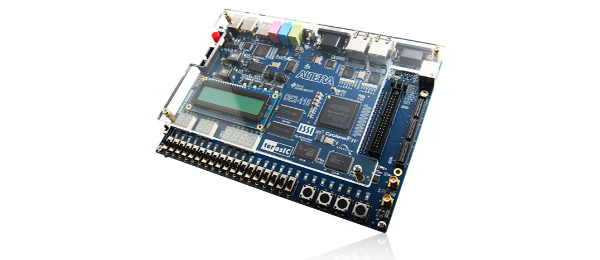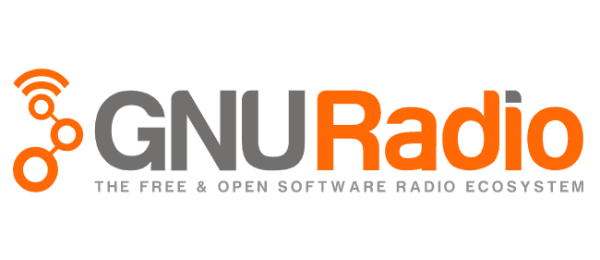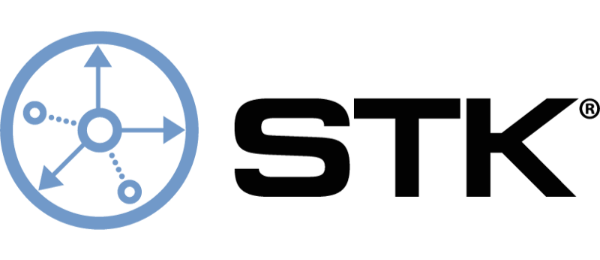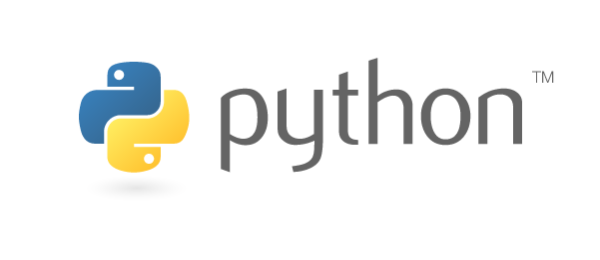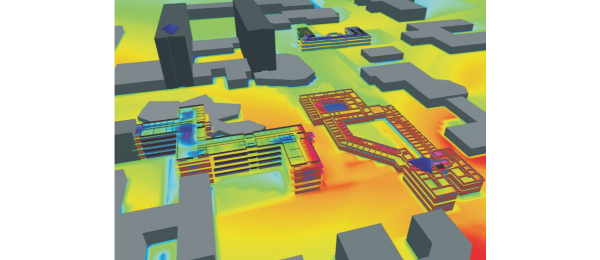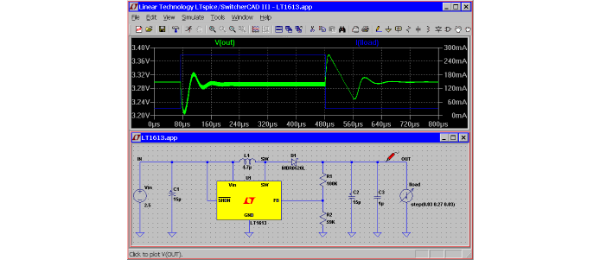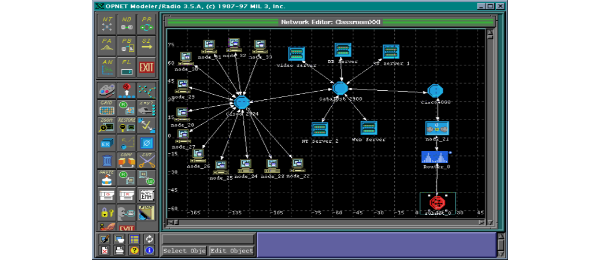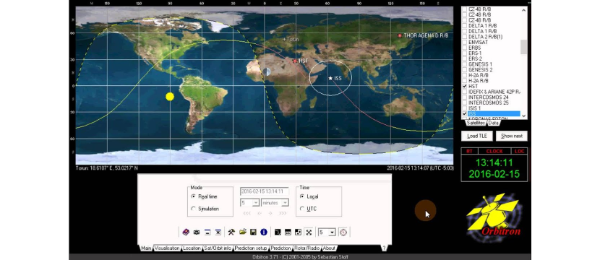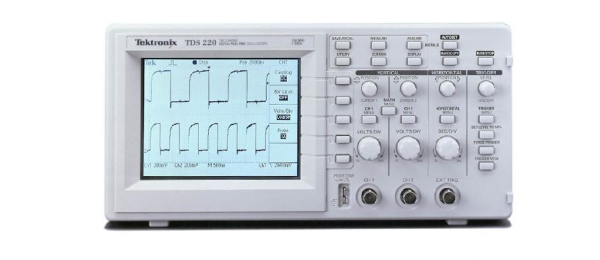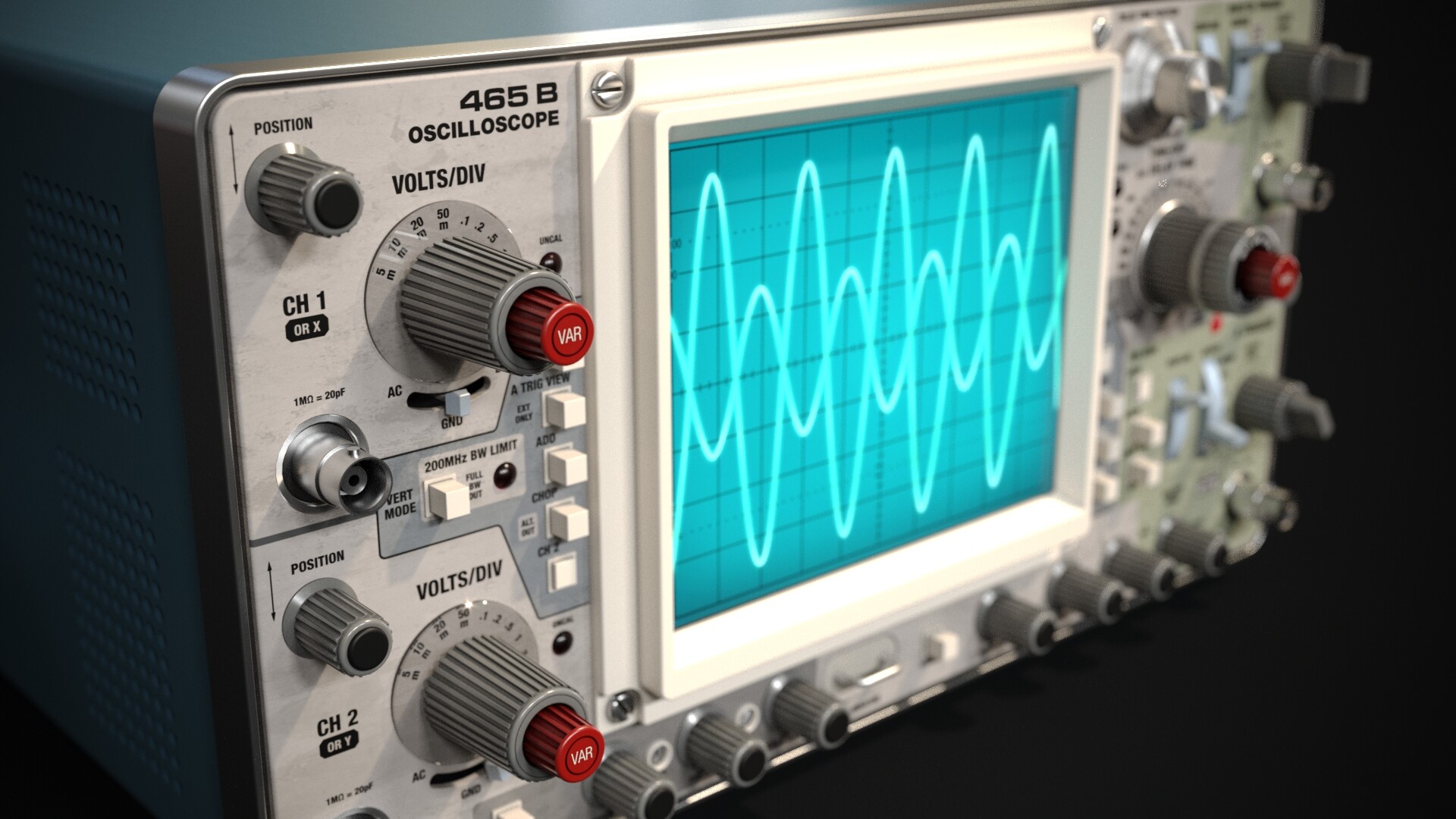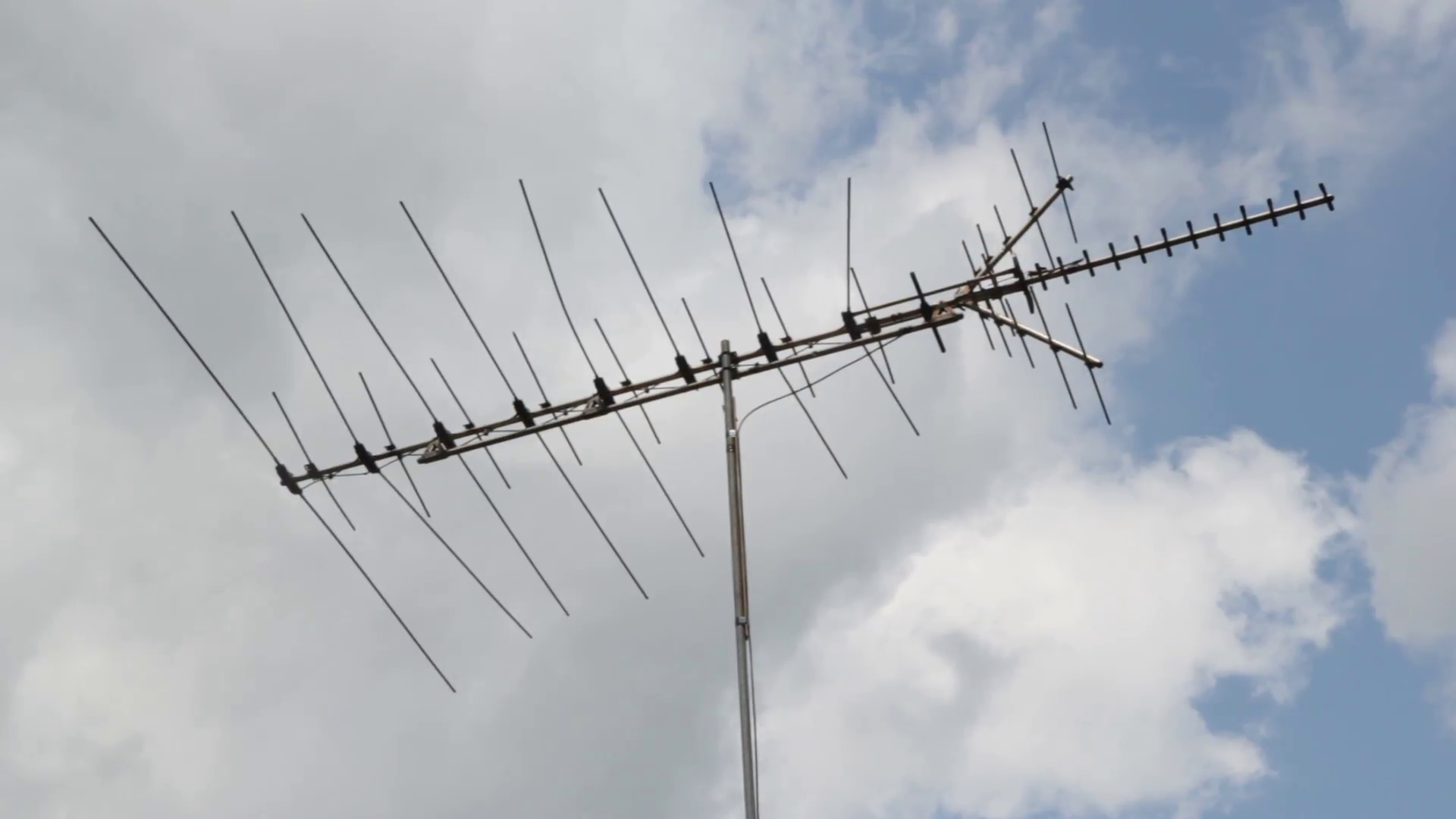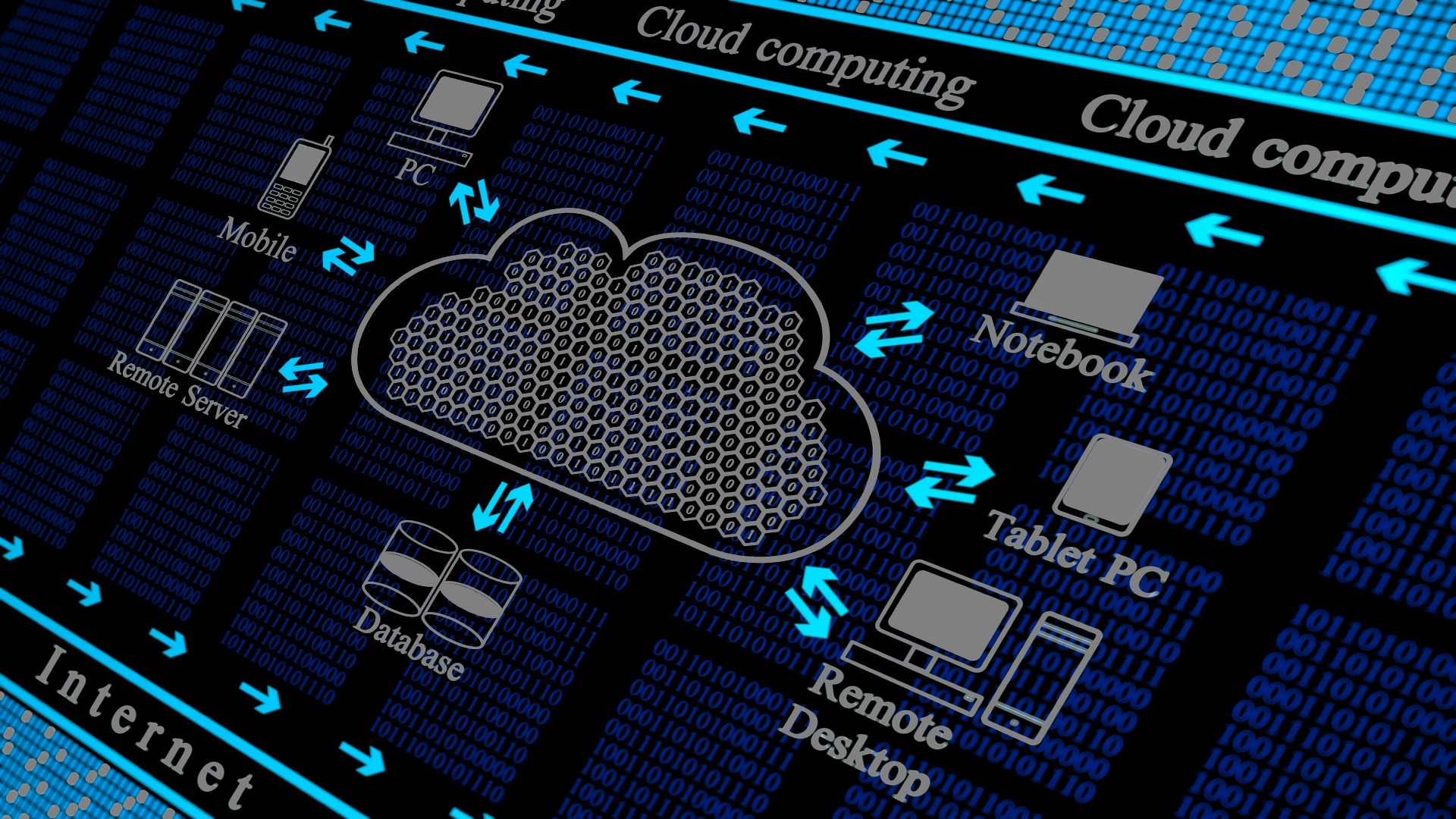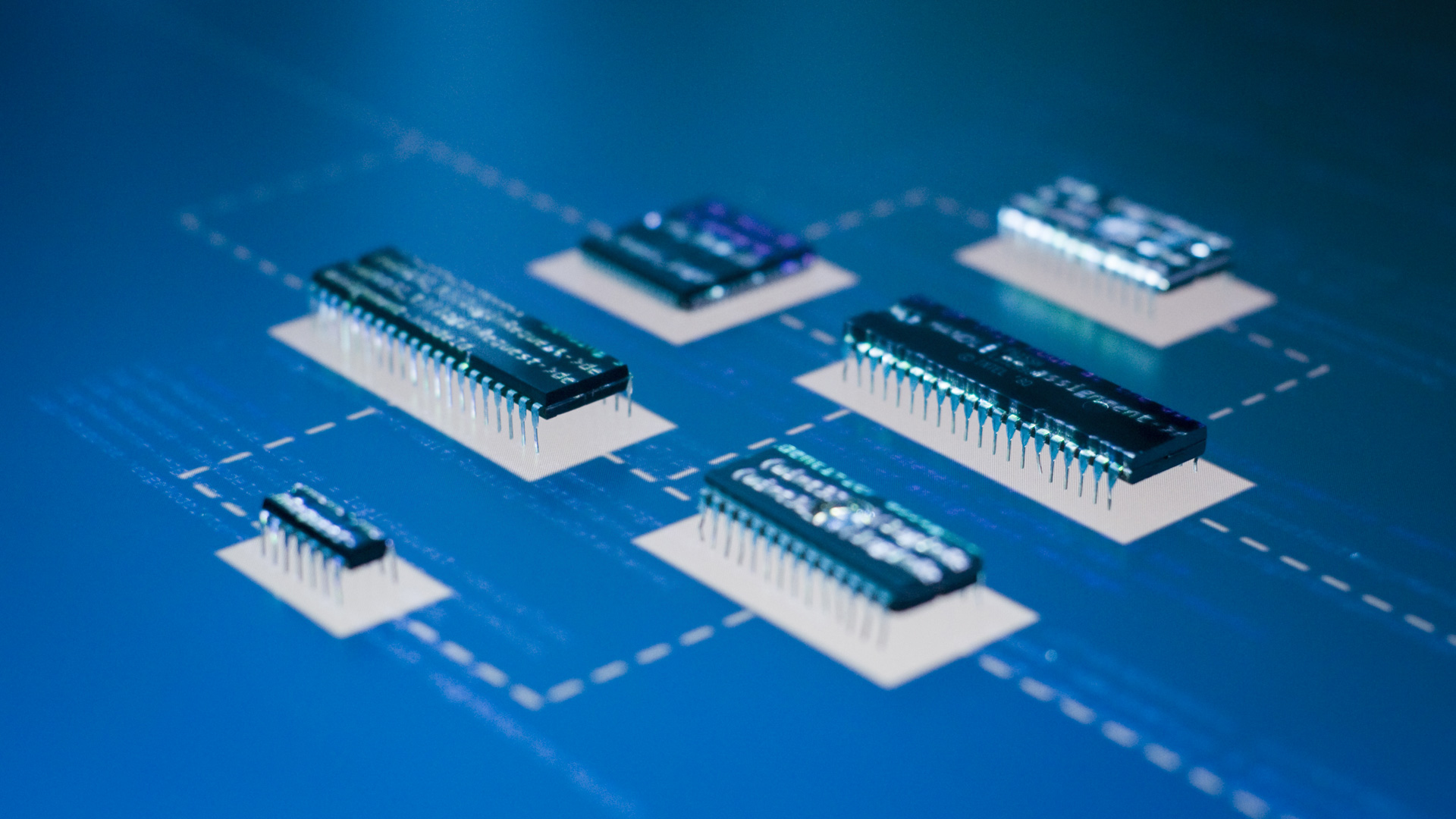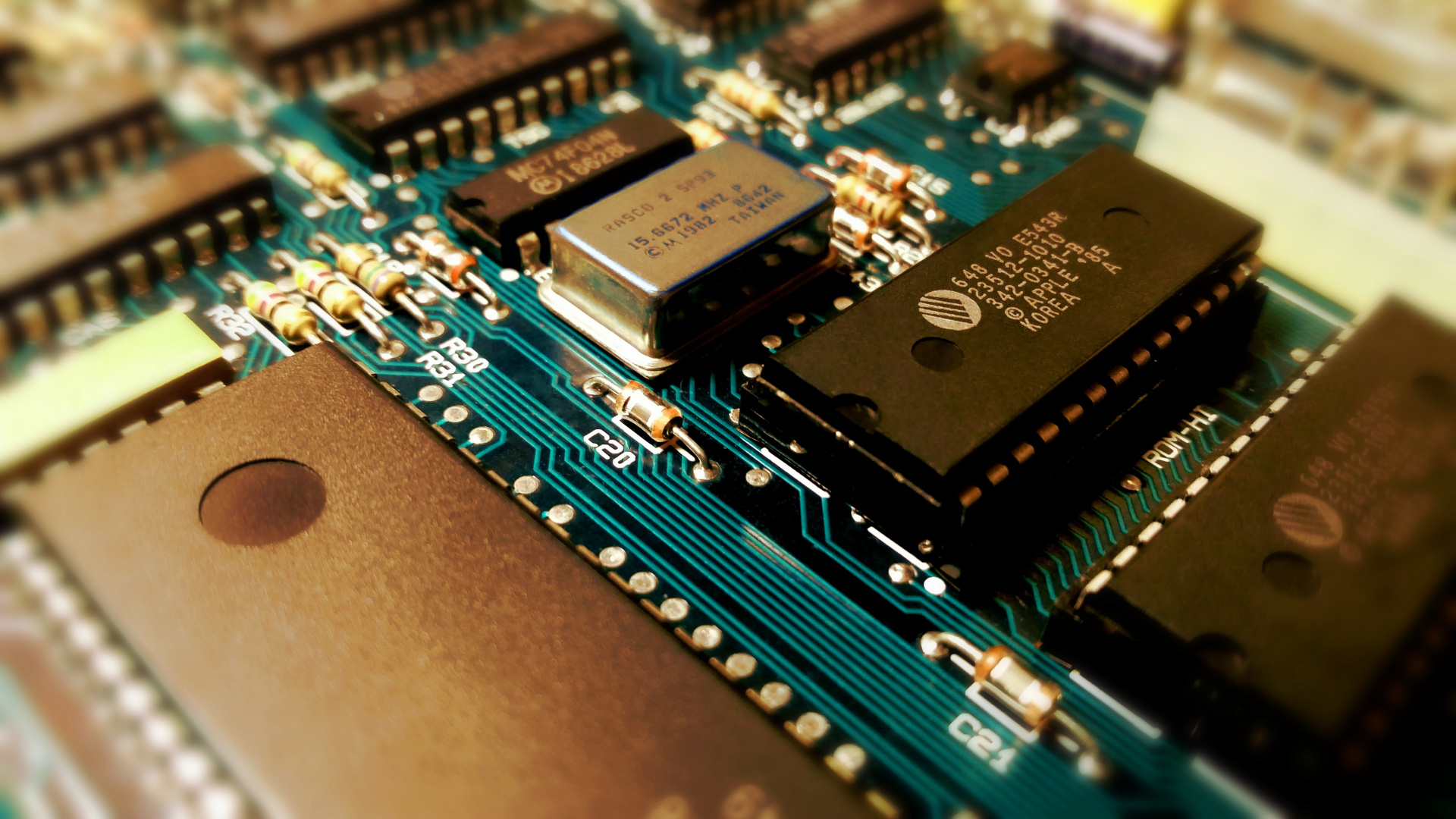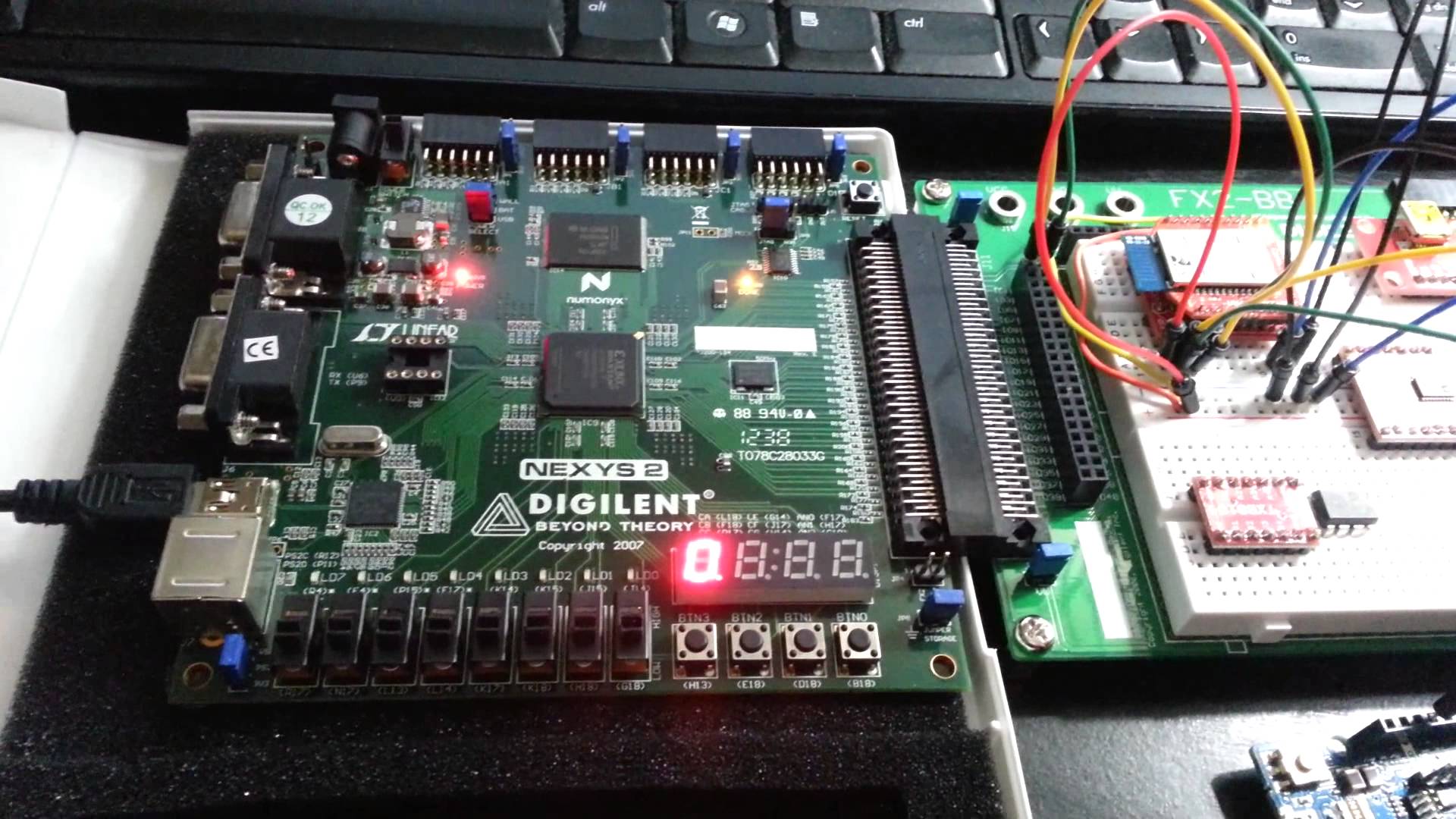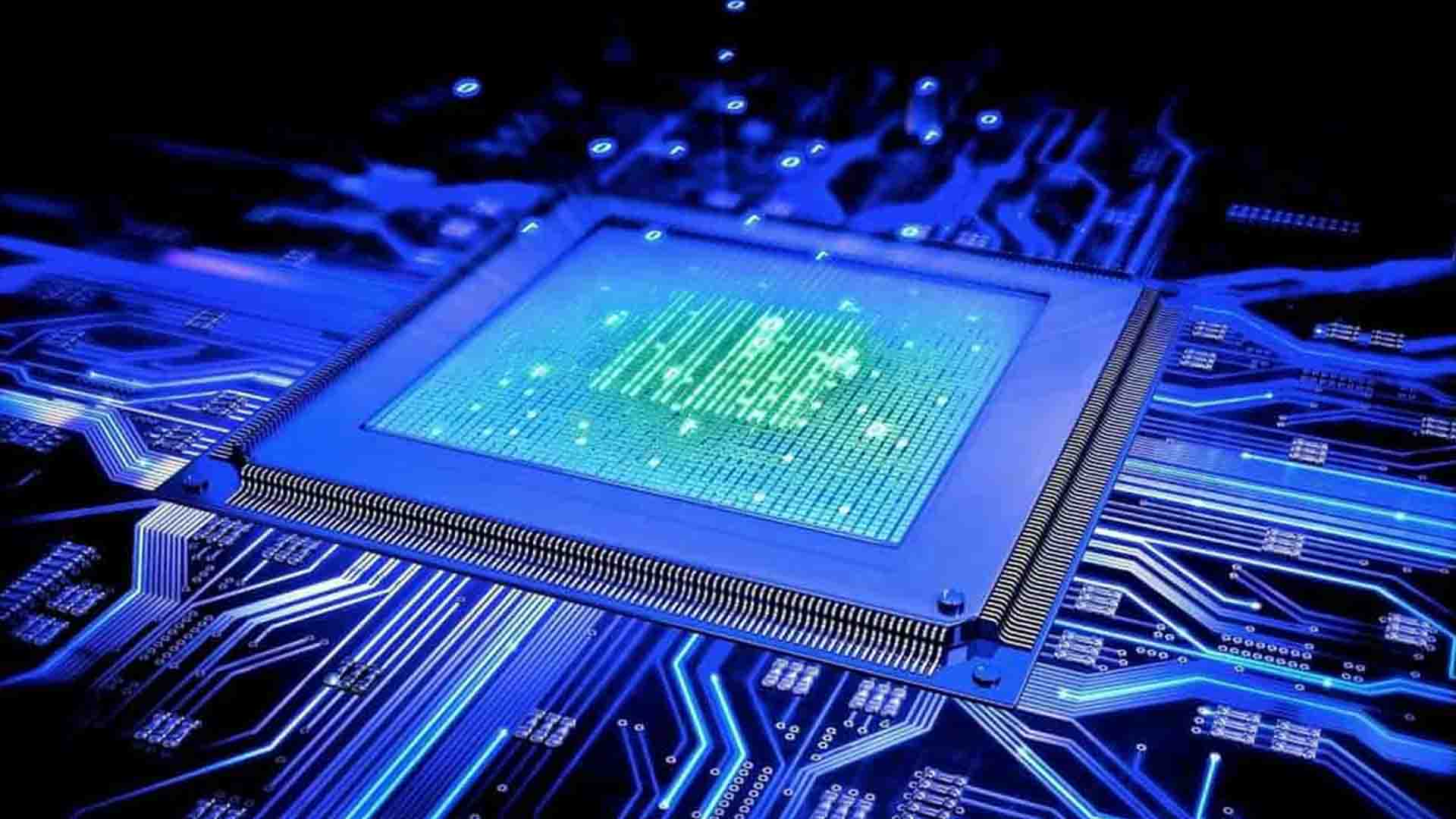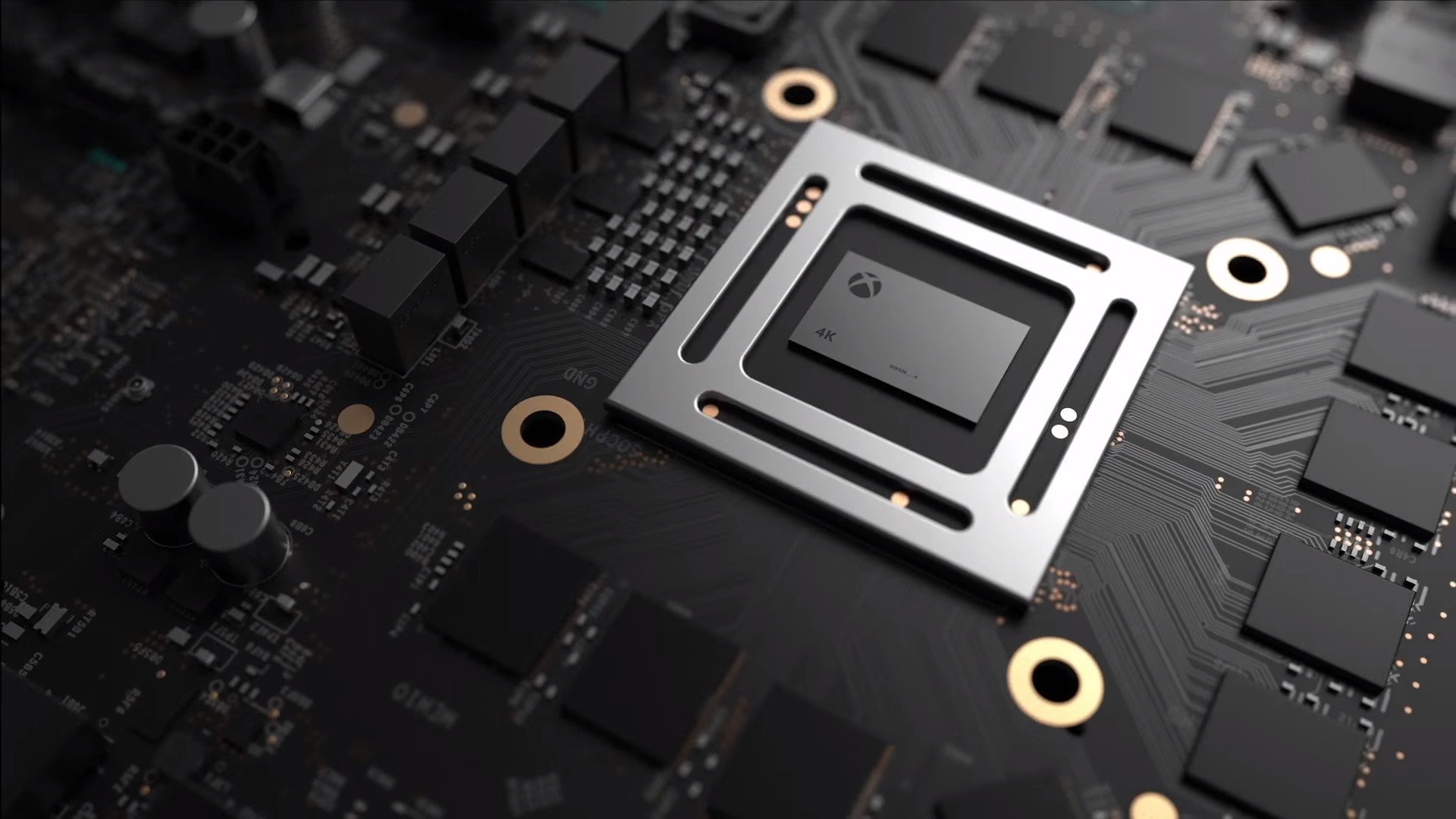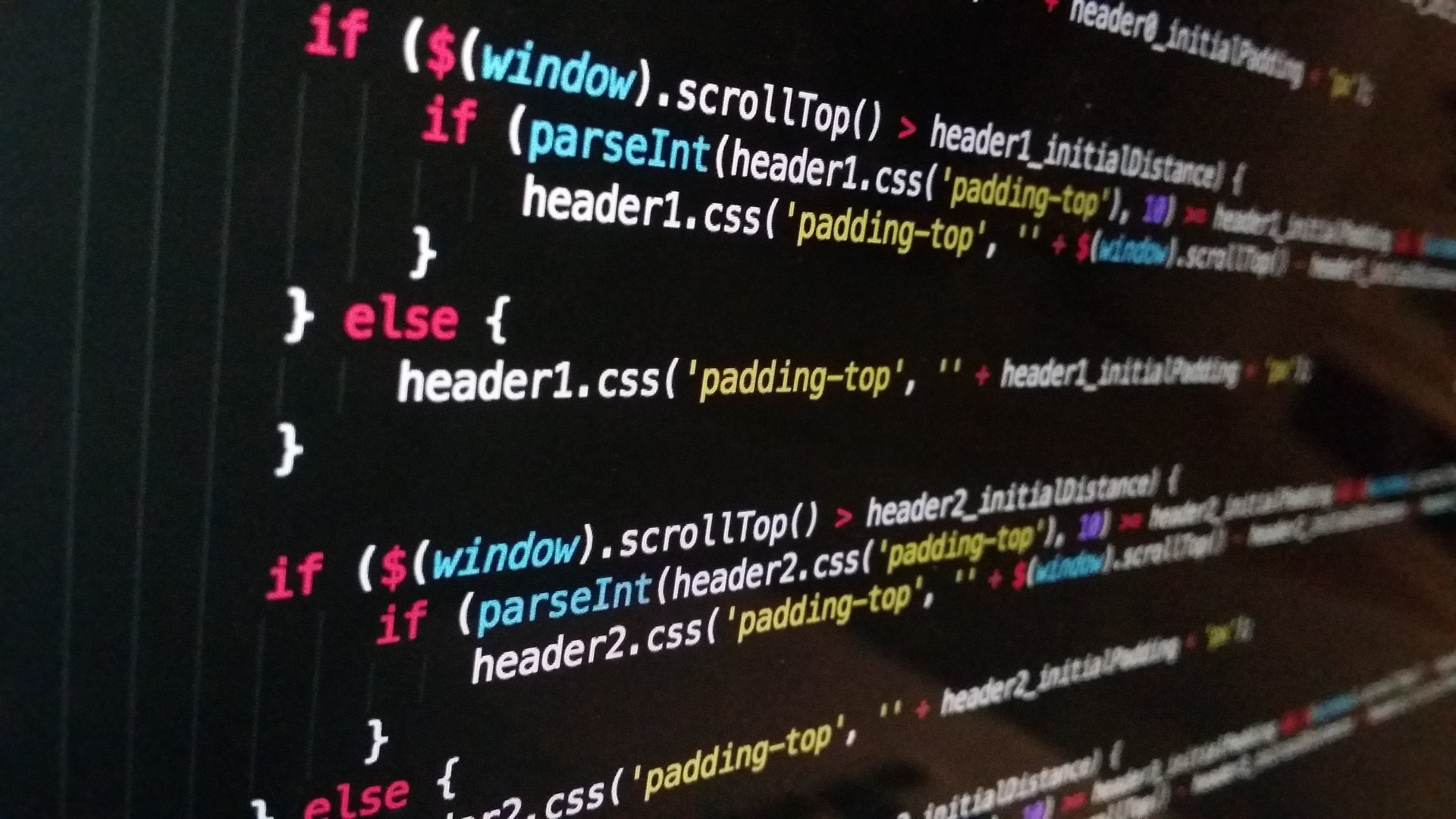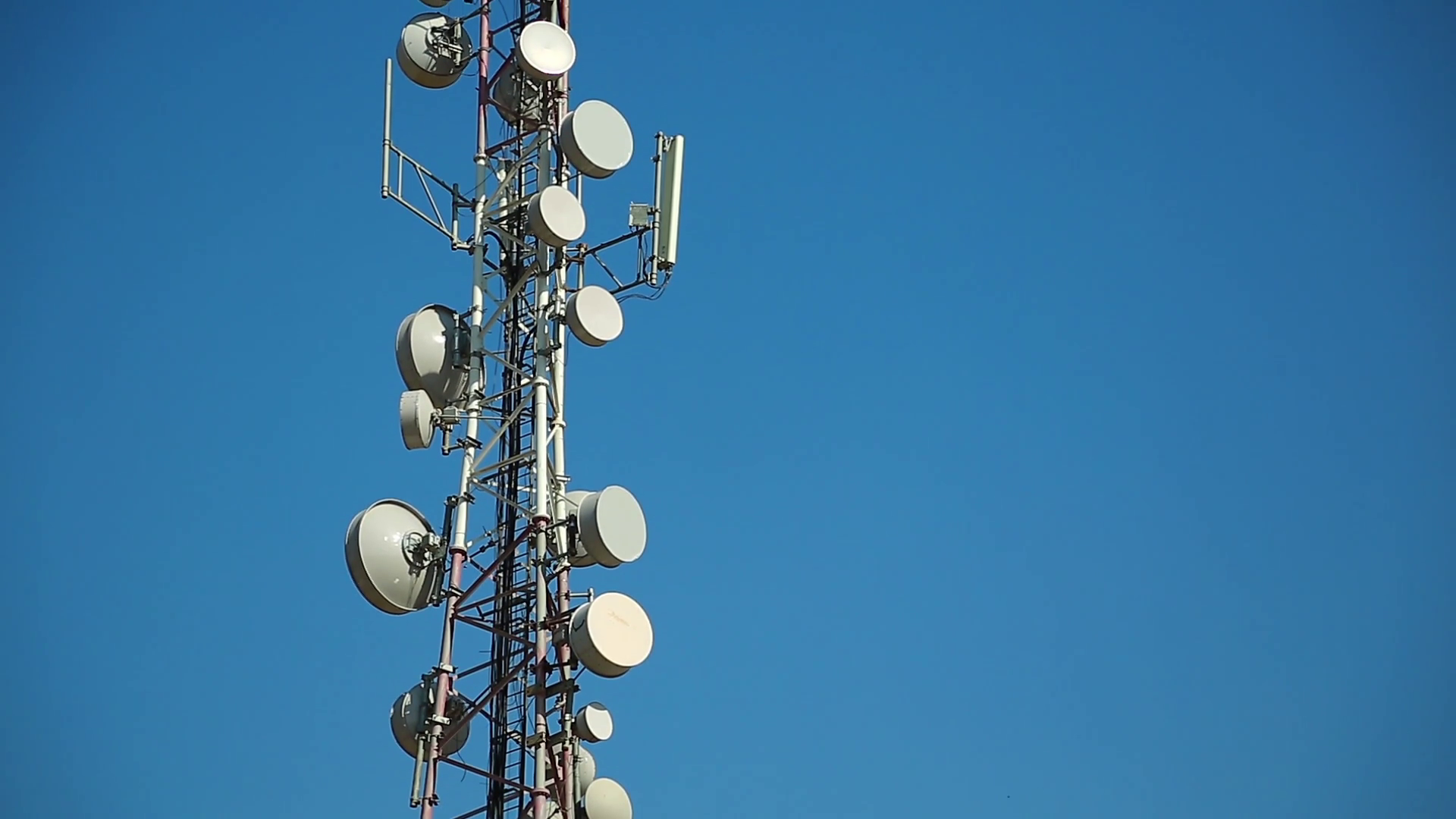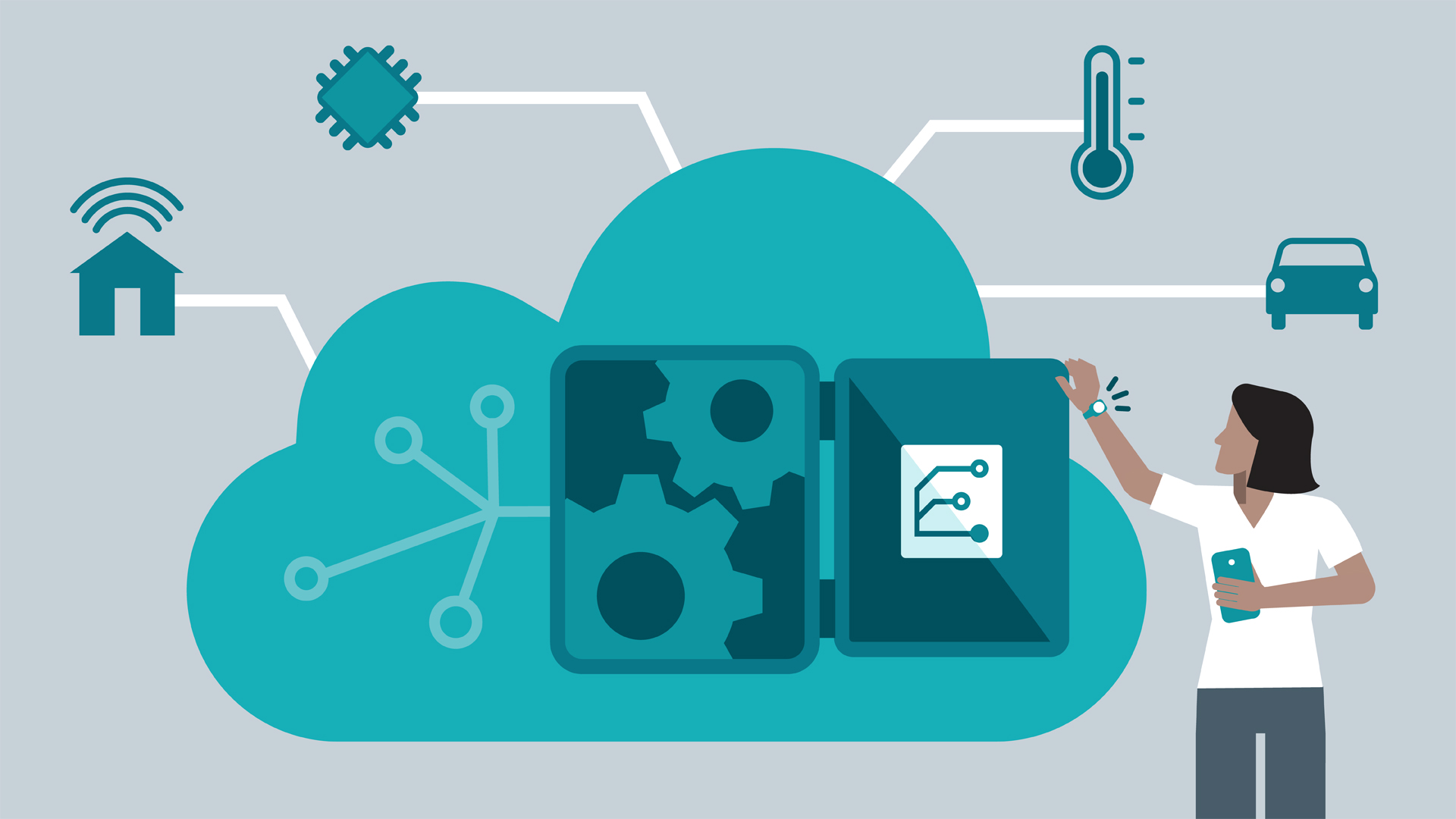Inspired by excellence & innovation
We offer a wide range of high quality of teaching and extra-curricular activities.
The members of the CCSL at the Department of Information and Communication Systems Engineering (ICSD) teach a plethora of courses in the Undergraduate Study Program. Also, a new Postgraduate Study Program (MSc) has been established entitled “Internet of Things: Intelligent Environments in Next Generation Networks”. More information about the Undergraduate Studies can be found here as well as on the Postgraduate Curriculum created by the Professors / Members of the CCSL at this page.
Telecommunications
Demosthenes Vouyioukas
CODE: 321-3453
Semester: 5th
ECTS: 5
Transmission methods, telecommunication system model. Statistics and stochastic processes in telecommunications. Hilbert transformation. Baseband transmission and band-pass signals. Analog Modulation AM, FM and PM, spectrum analysis, noise. Signals and Systems in Telecommunications. Fourier series and transform. Filters’ classification, Distortion free transmission, Noise, Analog and/or digital data transmission over analog and/ or digital systems. Sampling and quantization. Bandwidth, Nyquist and Shannon theorems. PAM and PCM modulations. Digital modulations (ASK, PSK, FSK, M-QAM).
This course covers a large part of the telecommunication systems aiming at understanding the basic principles of analog and digital communication systems, which rely on wireless transmission of information. In particular, an introduction to the basic principles of analysis and design of telecommunication systems is considered, along with the transmission technologies of the physical layer. The theoretical and laboratory section of the course is a detailed presentation of all the necessary technical data, definitions and standards that are essential for understanding Analog Communication Systems, a presentation of basic analog and digital modulation, coding techniques and effects of noise to the signals. Upon completion of this course, the student will be able to understand the propagation of information and its techniques, as well as techniques necessary to implement basic data transmission telecommunication systems.
Wireless Communications
Demosthenes Vouyioukas
CODE: 321-7803
Semester: 8th
ECTS: 5
Elements of a digital communications system. Characteristics of communication channels. Mathematical models of communication channels. Coding for discrete information sources. Coding for analog sources: pulse code modulation (PCM), differential PCM, adaptive PCM, delta modulation. Representation of digitally modulated signals: PAM, PSK, QAM, FSK, CPFSK, MSK. Spectral characteristics of digitally modulated signals. Optimum receiver for signals corrupted by additive white Gaussian noise. Performance (probability of error) of the optimum receiver for different digital modulation techniques. Carrier and symbol synchronization. Intersymbol interference. Spread spectrum digital communications. Spread spectrum signals: direct sequence, frequency-hopped
To provide an understanding of the components of digital communication systems and to analyze error performance.
Satellite Communications
Demosthenes Vouyioukas
CODE: 321-10651
Semester: 9th
ECTS: 5
Introduction to satellite-link subsystems and examination of the geometrical theory of geosynchronous and geostatic satellites. Orbit mechanics. Specialized topics on the satellite channel (e.g. satellite antennas) and analysis of the satellite link in terms of radiated and received power, signal-to-noise ratios, and random effects. Analog and digital modulation and multiple access techniques and their implementation in satellite communication systems. Emphasis on the matched filter and calculation of the probability of error in digital communication systems. Detailed examination of the satellite transponder. Emphasis on transponder signal processing and the effects of nonlinearities in satellite amplifiers. Development of satellite networks based using multiple access techniques. Digital Video Broadcasting and applications.
This lesson aims at understanding the methods of analysis and design of satellite communication systems. This course provides the necessary knowledge of the basic principles and characteristics of satellite communication networks, and the field of their efficient application. The course enables analysis and design of satellite links for various types of services and familiarity with the terms and techniques related to performance evaluation and the availability of such links. Upon completion of this course, the students will have acquired the background to understand the principles of analysis and design of satellite systems and be able to analyze and design elementary links and satellite orbits in system level.
Computer Networks
Dimitrios Skoutas
CODE: 321-6451
Semester: 5th
ECTS: 5
Reference Model TCP/IP and the OSI. IP Layer. Addressing. Algorithms and routing protocols. IPv6 and mobile IP. Congestion Control. Methods open (shaping, leaky backet etc.) and closed loop (blocking etc.). Internetworking, virtual networks, firewalls. Transport Layer. TCP/UDP Protocols. Multimedia applications and networks.
Familiarity with the basic elements of networks and data transport. Development of network engineering skills.
Networks and Cloud Technologies
Dimitrios Skoutas
CODE: 321-11001
Semester: 8th
ECTS: 5
Advanced technologies for access and core networks (e.g., ΙΕΕΕ 802.1Χ, 802.21, 5G, DSL, Gigabit Ethernet), architectures (eg. MPLS, Diffserv, IntServ), protocols (eg. RSVP, Mobile IP, IPv6, OSPF, BGP) and services (WebTV, IPTV, P2P, V2V). Cloud computing technologies, types of services (NaaS, IaaS), development models (private, public, hybrid), tools (openflow), virtualization of networking services and functions (SDN, NFV).
Learning advanced topics of alternative access technologies, infrastructure and cloud services and virtualization. Developing of advanced knowledge in engineering networks and communications.
Logic Design
Emmanouil Kalligeros
CODE: 321-2003
Semester: 1st
ECTS: 5
Introduction: Analog and Digital Signals, Usefulness of Digital Signal Processing and Digital Circuits, Evolution of Digital Circuits. Digital Systems and Binary Numbers: Digital Systems, Binary Numbers, Number-Base Conversions, Octal and Hexadecimal Numbers, Complements, Signed Binary Numbers, Binary Codes, Binary Storage and Registers, Binary Logic. Boolean Algebra and Logic Gates: Basic Definitions, Axiomatic Definition of Boolean Algebra, Basic Theorems and Properties of Boolean Algebra, Boolean Functions, Canonical and Standard Forms of Boolean Functions, Other Logic Operations, Digital Logic Gates. Gate-Level Minimization: The Map Method, Three, Four and Five-Variable Maps, Product-of-Sums Simplification, Don’t-Care Conditions, NAND and NOR Implementations, XOR Function. Combinational Logic: Combinational Circuits, Analysis Procedure, Design Procedure, Binary Adder-Subtractor, Binary Multiplier, Magnitude Comparator, Decoders, Encoders, Multiplexers, Tri-State Gates. Synchronous Sequential Logic: Sequential Circuits, Latches, Flip-Flops, Analysis of Clocked Sequential Circuits, State Reduction and Assignment, Design Procedure. Registers and Counters: Registers, Shift Registers, Ripple Counters, Synchronous Counters, Other Counters.
Knowledge of basic concepts of digital systems. Ability of analyzing and designing
combinational and synchronous sequential circuits in logic level.
Circuit Theory
Charis Mesaritakis
CODE: 321-2551
Semester: 2nd
ECTS: 5
Basic principles of electric circuits – levels of functional abstraction, Resistive network analysis techniques, Equivalent circuits and transformations, Digital logic – noise margins, the MOSFET switch – design of digital gates, Input – Output behavior of digital gates, Capacitors, inductors and first-order circuits, Physical structure of the MOSFET, Propagation delay of digital gates, Energy and power in digital circuits – CMOS logic.
Knowledge of main methodologies for circuits’ analysis. Knowledge of basic MOSFET characteristics. Familiarity with key features of digital circuits like the structure and function of digital gates, noise margins, propagation delay and power dissipation.
Digital Systems Design
Emmanouil Kalligeros
CODE: 321-7051
Semester: 7th
ECTS: 5
Application Specific Integrated Circuits (ASICs) and programmable devices (PLAs, PLDs, FPGAs), Hardware Description Languages (HDLs): Verilog and VHDL. Introduction to Verilog HDL, designing digital circuits with Verilog, Verilog syntax, modules and ports, structural modeling, behavioral modeling, dataflow modeling, tasks and functions. Finite State Machines (Mealy and Moore), Verilog for synthesis, design of sequential modules. Timing and delays in Verilog, Computer Aided Design (CAD) tools, logical simulation and timing verification. Random Access Memories (RAMs) and memory interfaces. Design prototyping.
Students who successfully fulfill the course requirements will know: the differences between programmable devices and ASICs, the main features of FPGAs structure, how to use Verilog HDL for designing combinational and sequential digital circuits, how to write testbenches in Verilog, how to write Verilog for synthesis, how to simulate their designs, the structure of RAMs and how to use them in digital systems, how to use prototyping boards for transferring their designs in hardware.
Introductions to VLSI
Emmanouil Kalligeros
CODE: 321-8751
Semester: 8th
ECTS: 5
Application Specific Integrated Circuits (ASICs) and programmable devices (PLAs, PLDs, FPGAs), Hardware Description Languages (HDLs): Verilog and VHDL. Introduction to Verilog HDL, designing digital circuits with Verilog, Verilog syntax, modules and ports, structural modeling, behavioral modeling, dataflow modeling, tasks and functions. Finite State Machines (Mealy and Moore), Verilog for synthesis, design of sequential modules. Timing and delays in Verilog, Computer Aided Design (CAD) tools, logical simulation and timing verification. Random Access Memories (RAMs) and memory interfaces. Design prototyping.
Students who successfully fulfill the course requirements will know: the differences between programmable devices and ASICs, the main features of FPGAs structure, how to use Verilog HDL for designing combinational and sequential digital circuits, how to write testbenches in Verilog, how to write Verilog for synthesis, how to simulate their designs, the structure of RAMs and how to use them in digital systems, how to use prototyping boards for transferring their designs in hardware.
Computer Communications
George Kormentzas
CODE: 321-3302
Semester: 4th
ECTS: 5
Introduction to computer communication. Network achitecture and protocols. Network Design. The OSI reference model from ISO. Transmission media (coaxial cable, fiber optics). Principles of data transfer. Local and metropolitan networks. Static and dynamic channel allocation. The ALOHA protocol. The CSMA protocol. The family of IEEE 802 for local networks (Ethernet, Token bus, Token Ring). The optical FDDI network. Design and analysis of data link layer. Error detection and correction. Flow control. The wireless ΙΕΕΕ 802.11. Networking devices (switches, routers, etc.).
Introduction to the physical layer, data link layer and Medium Access Control sublayer of modern communication systems. Engineering skills on communication systems and technologies.
Network Management
George Kormentzas
CODE: 321-8354
Semester: 7th
ECTS: 5
Management of TCP/IP based networks. SNMP protocol. Database of Information Management. Abstract transmision syntax. Management of OSI networks. CMIP protocol. Tree of Information management. Comparison of management of OSI and TCP/IP systems. Management of bridged networks. Spanning tree algorithms. TMN prototype. Modern technics/methods of management WBM, CORBA, Java-based.
Familiarity with Network Management aspects. Development of advanced engineering skills and experience on network management systems and associated tools and techniques.
Computer Architecture
Christos Goumopoulos
CODE: 321-3354
Semester: 3rd
ECTS: 5
Historical data on the evolution of computers. Architecture Von Neumann. Main memory. Auxiliary memory. Cache (Cache memory). Virtual Memory (Virtual Memory). I / O modules. Evaluation of Computer. Forms of representation of numerical data (both fixed and floating point). Structure and characteristics of the instruction set that supports the CPU. Machine language commands. Types of machine language commands. Types and data size. Simple computers (RISC) and complex instruction set (CISC). Support high-level programming languages. Organization and operation of the Central Processing Unit (CPU). Parallel processing. Multi-processor systems (MIMD, SIMD). Implementation of arithmetic. Channels. Technologies and methodologies for design of computer memory. Behavior management and multi-level memory hierarchy. Virtual Memory. Addressing modes for data management and from memory. Ways of addressing memory. Memory technology. Semiconductor memories. Static direct access memories, dynamic random access memory directly. Semiconductor memories accessible by content (Content Addressable Memories, CAM). Magnetic Memories. Memories of magnetic disks. Memories of magnetic tape. Optical Memories.
Comprehension of the basic architectural elements of a computer system.
Advanced Topics of Programming Languages
Christos Goumopoulos
CODE: 321-4120
Semester: 4th
ECTS: 5
Types of programming languages. Variables, expressions and commands. Datatypes and type definition systems. Scope and time of memory binding. Procedures. Exception handling. Concurrency. Object-oriented programming languages. Introduction to the organization and operation of compilers. Lexical analysis. Syntax directed translation. Basic detection techniques. Symbol tables. Intermediate code.
Understand the essential aspects of programming languages. Understand basic issues of compilers from both theoretical and practical terms.
Design and Development of Mobile Computing Applications
Christos Goumopoulos
CODE: 321-9120
Semester: 4th
ECTS: 5
Introduction to mobile computing, emerging mobile technologies and applications, issues and challenges, smartphone applications and services, mobile computing software platforms, mobile Web, responsive web design, geolocation, context-aware applications, Android platform architecture, programming in Android environment, case studies.
Learning of the basic principles of application development for mobile devices. Understanding and appreciation of the issues involved in designing and developing context-aware applications for mobile devices. Understanding the architecture of the Android platform and the process of developing applications for mobile devices.
Internet Protocols and
Architectures
Dimitrios Skoutas
CODE: 321-6256
Semester: 7th
ECTS: 5
Introduction, Historical background. Theoretical foundations, Elements of Cognitive Psychology. Man and computer as interaction elements. Structural elements and interaction styles. Analysis Levels of Interaction. Dialogue Modeling. Human-centric design on interactive systems. Requirement analysis. Scenario based design. Prototyping techniques. Design rules and directives. Evaluation Techniques (interviews, focus groups, cognitive walkthrough, etc.). Experimental evaluation at the laboratory. Hypothesis formulation. Intelligent Interfaces.
Upon successful completion of this course, students should be able to: design, implement and evaluate effective and usable graphical computer interfaces, describe and apply core theories, models and methodologies from the field of Human – Computer Interaction (HCI), describe and discuss current research in the field of HCI, implement simple graphical user interfaces using the Java Swing toolkit, describe special considerations in designing user interfaces for older adults.
Simulation Environments of Communication Systems
Charis Mesaritakis
CODE: 321-2631
Semester: 8th
ECTS: 5
Introduction to Matlab, performance evaluation metrics of communication systems. Signals and linear systems, representation and analysis of signals in time and frequency. Stochastic process, generation of random variables, probability distribution functions. Modeling of a digital transmitter, modulation and coding techniques. Modeling of a digital receiver, demodulation and decoding, performance evaluation of the receiver. Wireless propagation, free-space loss models. Shadowing, multipath propagation, Rayleigh fading, transmit and receive diversity. Capacity and outage probability of a wireless channel, Shannon’s formula. Cooperative relaying without and with power control. Cooperative relaying with interference mitigation, performance evaluation of interference mitigation techniques. Capacity and outage probability in networks with secrecy constraints, performance evaluation of secrecy techniques. Simulation of a Multiple-Input Multiple-Output (ΜΙΜΟ) antenna system, channel models of MIMO systems, modulation and coding for MIMO systems.
The goal of this module is to familiarize students with the Matlab software and to simulate various types of communication systems. The student is introduced to using Matlab and to producing fundamental signals, variables and transmission channels. Moreover, the module allows the students to develop their skills in performance evaluation of communication systems using Matlab and to understand the meaning of significant performance metrics of digital communication systems. Finally, by simulating modern communication systems (cooperative relaying, MIMO), the students will acquire a deep understanding of their operation.
Mobile Communication Networks
Dimitrios Skoutas
CODE: 321-7255
Semester: 8th
ECTS: 5
Introduction to wireless systems and networks. Evolution of wireless mobile communication systems. Propagation and path-loss in wireless communication. Analytical and empirical propagation path-loss models. Types of fading and channel characterization. Radio planning principles for cellular systems. Types of interference. Mobility management and handover process. Techniques for efficient allocation and management of radio resources. Digital modulation techniques for mobile communication systems and channel capacity. Medium access control protocols and multiple access techniques FDMA, TDMA, CDMA and OFDMA as well as how they are implemented in the respective wireless cellular systems GSM, GPRS/ EDGE, UMTS, LTE, LTE-A.
The course offers introduction to mobile communication networks. In this context the basic operating principles of these systems are examined. Specifically, the operating principles, the architecture and features of popular mobile systems i.e. GSM, GPRS, UMTS, LTE and LTE-A are analyzed. Upon completion of this course, the students will be familiar with the concepts of cellular radio coverage, cellular planning and radio resource management in advanced mobile systems.
Distributed Systems
Christos Goumopoulos
CODE: 321-7951
Semester: 4th
ECTS: 5
Basic notions and principles of Distributed Systems. Model of customer-server. Communication models, threads, processes, sockets. Race conditions, deadlocks, Banker’s algorithm. Byzantine agreement. Leader’s Election problem. Logical and physical time, logical clocks. Mutual exclusion.
The development of ways to think and manipulate problems in a distributed fashion, in contrast to acting in a centralized manner
Operating Systems
Eirini Karybali
CODE: 321-4103
Semester: 2nd
ECTS: 5
Introduction to Operating Systems: Basic Concepts, History, Operating System Structure. Processes: The Process Model and Implementation of Processes, Interprocess Communication, Process Scheduling. Threads: The Thread Model and Thread Usage, Implementation of Threads in User Space and in the Kernel, Hybrid Implementations, Pop-up Threads, Making Single-Threaded Code Mulithreaded, Thread Scheduling. Deadlocks: Detection and Recovery, Deadlock Avoidance, Deadlock Prevention. Memory Management: Swapping, Virtual Memory, Page Replacement Algorithms, Modeling of Page Replacement Algorithms, Segmentation. Input/Output (I/O): Principles of I/O Hardware, Principles of I/O Software, I/O Software Layers, Disks. File Systems: Files and Directories, File System Implementation, Security and Protection Mechanisms.
Understanding the modern computer systems’ complexity and the usefulness of operating systems. Knowledge of the most important resource-utilization issues arising in a computer system. Learning of the most popular solutions adopted by modern operating systems.
Signals and Systems
Eirini Karybali
CODE: 321-5503
Semester: 3rd
ECTS: 5
Basic definitions of signals and systems, periodic signals, unit step, impulse function. Systems’ categories, static and dynamic systems, causal and non-causal systems, linear and non-linear systems, time invariant and variant systems. Impulse response of linear systems. Convolution properties. Systems’ stability. Fourier Transform (FT) and inverse FT. Convergence and properties of FT. Application of FT to the study of linear systems, system’s frequency response, description of Linear Time Invariant (LTI) systems with differential equations and the FT, ideal lowpass filter. Fourier series, Fourier series of periodic functions, Fourier series for even or odd symmetry, Parseval’s theorem. Laplace transform, properties and theorems. Inverse Laplace transform. Relation of the Laplace and Fourier transforms. Bilateral Laplace transform. Use of the Laplace transform in the solution of linear differential equations. Use of the Laplace transform in the analysis of linear systems and the study of their stability. State space, state, observability, controllability. Signal and systems of discrete time. Z transform and its properties, inverse Z transform. FT of discrete time. Unilateral Z transform. Sampling – Nyquist’s theorem. Discrete Fourier Transform (DFT).
Upon completing the course, students will be able to:
- distinguish between systems and models, and understand their interrelation
- understand basic system properties such as linearity, causality, stability etc
- use basic exponential, trigonometric and generalized functions to represent physical signals
- describe the relation between systems and signals by mathematical tools such as differential equations, difference equations, convolution, frequency response etc
- compute the output signal from the input signal and the system’s mathematical model
- mathematically describe the interconnection of systems
- understand the analysis and processing of signals in the frequency domain
- understand the sampling process and the relation between discrete-time signals and their continuous-time counterparts
- use Matlab fr problem solving
Digital Image Processing
Eirini Karybali
CODE: 321-9352
Semester: 8th
ECTS: 5
Introduction: what is Digital Image Processing (DIP), fields of using DIP. Digital image fundamentals: elements of visual perception, light and electromagnetic spectrum, image sensing and acquisition, sampling and quantization, mathematical tools used in DIP. Intensity transformation functions. Histogram processing. Spatial filtering, smoothing and sharpening spatial filters. Filtering in the frequency domain: sampling and the Fourier transform of sampled functions, 2-D Discrete Fourier Transform and its properties, filtering in the frequency domain, smoothing and sharpening frequency domain filters. Image restoration: noise models, restoration in the presence of noise only, linear position-invariant degradations, estimating the degradation function, inverse filtering, Minimum Mean Square Error (Wiener) filtering. Image compression: fundamentals (coding, spatial and temporal redundancy, irrelevant information, measuring image information, etc.), basic compression methods (lossy and lossless). Color image processing: color models, pseudocolor and fullcolor image processing, image segmentation based on color, noise in color images, color image compression.
Knowledge of the theoretical background needed for Digital Image Processing (DIP). Understanding in depth DIP methods used for image improvement, restoration and compression. Skills of developing and implementing DIP techniques.
Multimedia
Eirini Karybali
CODE: 321-6554
Semester: 9th
ECTS: 5
Basic concepts. Interaction. Hypertext. Interactive multimedia. User interface. Methodology of developing multimedia applications. Multimedia information representation. Data sampling, coding and compression techniques. Text, graphics, animation, digital video, sound. Architecture of hypertext systems. Communication networks for multimedia. Tools for multimedia applications development. Programming languages and multimedia. Multimedia and the Internet.
Understanding of basic meanings concerning the representation, coding and transmission of multimedia data. Skill of analyzing the individual features of the different multimedia data (e.g., image, sound, video). Skill of developing multimedia applications.
Broadband Networks
Nikolaos Nomikos
CODE: 321-9403
Semester: 9th
ECTS: 5
Introduction to Matlab, performance evaluation metrics of communication systems. Signals and linear systems, representation and analysis of signals in time and frequency. Stochastic process, generation of random variables, probability distribution functions. Modeling of a digital transmitter, modulation and coding techniques. Modeling of a digital receiver, demodulation and decoding, performance evaluation of the receiver. Wireless propagation, free-space loss models. Shadowing, multipath propagation, Rayleigh fading, transmit and receive diversity. Capacity and outage probability of a wireless channel, Shannon’s formula. Cooperative relaying without and with power control. Cooperative relaying with interference mitigation, performance evaluation of interference mitigation techniques. Capacity and outage probability in networks with secrecy constraints, performance evaluation of secrecy techniques. Simulation of a Multiple-Input Multiple-Output (ΜΙΜΟ) antenna system, channel models of MIMO systems, modulation and coding for MIMO systems.
The goal of this module is to familiarize students with the Matlab software and to simulate various types of communication systems. The student is introduced to using Matlab and to producing fundamental signals, variables and transmission channels. Moreover, the module allows the students to develop their skills in performance evaluation of communication systems using Matlab and to understand the meaning of significant performance metrics of digital communication systems. Finally, by simulating modern communication systems (cooperative relaying, MIMO), the students will acquire a deep understanding of their operation.
IoT Communication Technologies
Demosthenes Vouyioukas
CODE: 323-4006
Semester: 1st
ECTS: 7.5
Propagation mechanisms, propagation loss models, fadings, channel characterization and impact on communications systems. Transmission and multiple access techniques, spectrum propagation techniques, CDMA, OFDM and OFDMA. Diversity techniques (SIMO and MISO systems) and spatial multiplexing (MIMO systems). IEEE 802.11 wireless local area networks, wireless ad-hoc networks and sensor networks. Low-power and low-distance protocols (Bluetooth Low Energy, Zigbee, NFC, SigFox, NB-IoT and Low-Power Wide Area), as well as long-distance ones (LTE version 12 and 13 / LTE-M2M). Relay technologies and architectures. Device-to-device (D2D), machine-to-machine (M2M) and vehicle-to-vehicle (V2V) communications and case studies.
Pervasive Computing Systems
Christos Goumopoulos
CODE: 323-4003
Semester: 1st
ECTS: 7.5
Introduction to pervasive computing and pervasive computing systems (PCS). Context aware systems. Design issues of PCS. Architectures, programming models and frameworks. Location tracking in pervasive computing. Processing sequential sensor data. Applications from smart objects collaboration. User interfaces in pervasive computing. End-user development of IoT applications.
Embedded Systems and IoT
Emmanouil Kalligeros
CODE: 323-4007
Semester: 2nd
ECTS: 7.5
The goal of this course is to familiarize students with issues concerning hardware/software design, interfacing and interaction, practical microprocessor-based system design, practical digital hardware design for embedded systems using modern logic synthesis tools, as well as with the implementation of embedded, low-power digital systems to be used as nodes of an Internet of things (IoT) type of network. More specifically, it includes: introduction to embedded systems, hardware/software interfaces, PS/2 keyboard, serial communication, USB, Ethernet, video handling, memories and their utilization in embedded systems, microprocessors, microcontrollers, FPGAs and ASICs, programming of embedded systems with OS for network applications, microprocessor/sensor interfacing, use of messaging protocols in IoT networks.
IoT Technologies and Applications
Georgios Kormentzas
CODE: 323-4005
Semester: 2nd
ECTS: 7.5
IoT design and architectures. Abstract information models and middleware. Distributed experimental platforms for IoT testing. TVWS, energy and mobility IoT management. IoT-based business accelerators. Digital agriculture based on IoT systems. Commercial applications for IoT agriculture (e.g. FarmBeats).
Design, Development and Performance Evaluation of Next Generation Networks
Charalabos Skianis
CODE: 323-4002
Semester: 1st
ECTS: 7.5
Presentation of the most advanced network technologies and methodologies (NAT, IP multicast, WEP, ΙΕΕΕ 802.1Χ, 802.21, etc.), architectures (MPLS, DiffServ, IntServ, etc..), protocols (RSVP, Mobile IP, IPv6, OSPF, BGP, etc..) and services (WebTV, IPTV, p2p, v2v, CDN). Topics on active services with capabilities such as self-organisation, environmental intelligence and adaptation to underlying network infrastructure, spatial position awareness and multimodal interfaces exporting for costing algorithms, protection, mobility and quality of service assurance. Methods and tools for assessing performance in modern heterogeneous systems. Architectures and Internet of things services. Integrating IoT to existing network infrastructures and ROI.
Modern Networks and IoT Interfacing
Dimitrios Skoutas
CODE: 323-4009
Semester: 3rd
ECTS: 7.5
Managing network resources in third and fourth generation broadband wireless networks (UMTS, LTE, LTE-A). Qualitative differentiation of H2H (human-to-human) and M2M (machine-to-machine) data flows. Management of inbound network load, data transmission delay, quality of service (QoS) and data flow scheduling. Fifth-generation networks and tactile Internet. Transmitting kinaesthetic and tactile feedback, fields of application and technological challenges. Innovative network resource management techniques based on network virtualization technologies (software-defined networking – SDN, network enhancement virtualization – NFV, network slicing), and network access improvement by densifying the access points and utilizing heterogeneous network technologies seamlessly.



